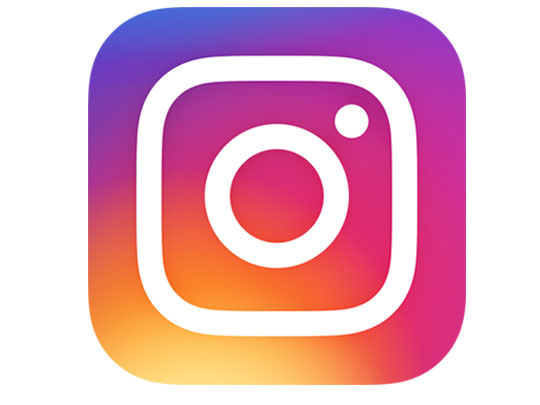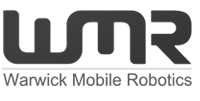WMR Search and Rescue
|
|
|||||||||
Proudly sponsored by:
Are you interested in sponsoring the Urban Search and Rescue (USAR) Robot team?We are looking for sponsors to support the team in developing our search and rescue robot (USAR). If you would like to sponsor us, please do not hesitate to contact us. Alternatively if you would like to know more, you can read our Sponsorship and Information pack here. Additionally, do not forget to check out the team's progress on social media! |
|||||||||
Key info:› Project Overview |
Who we areWarwick Mobile Robotics (WMR) is an on-going group research project carried out by a team of Master’s level engineering students at the University of Warwick. This project is jointly run by the School of Engineering and WMG. Since 2008, WMR research teams have been helping to make advances in robotic systems in the Urban Search and Rescure (USAR) field. This year the WMR team was formed of a multi-disciplinary team consisitng of mechcanical, manufacturing, electrical and software engineers. The projectUSAR robots are designed to locate survivors in hazardous environments, such as earthquake disaster zones, thus removing emergency service personnel from danger. The overarching project goal is to continue the design and manufacture of a fully functioning USAR robot to advance research of Search and Rescue systems in disaster environments. Our Project Aims and ObjectivesThe aim of the WMR team this year is to complete the previous year's efforts on the robot IRIS and achieve a completed and optimised USAR robot. The following are the team's objectives:
Past ProjectsTo find out about the work done in previous stages of the project, please view our annual project reports in the reports section. |
||||||||
sub-site design by Ali Adams.














